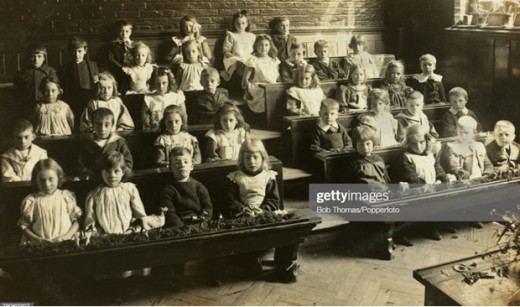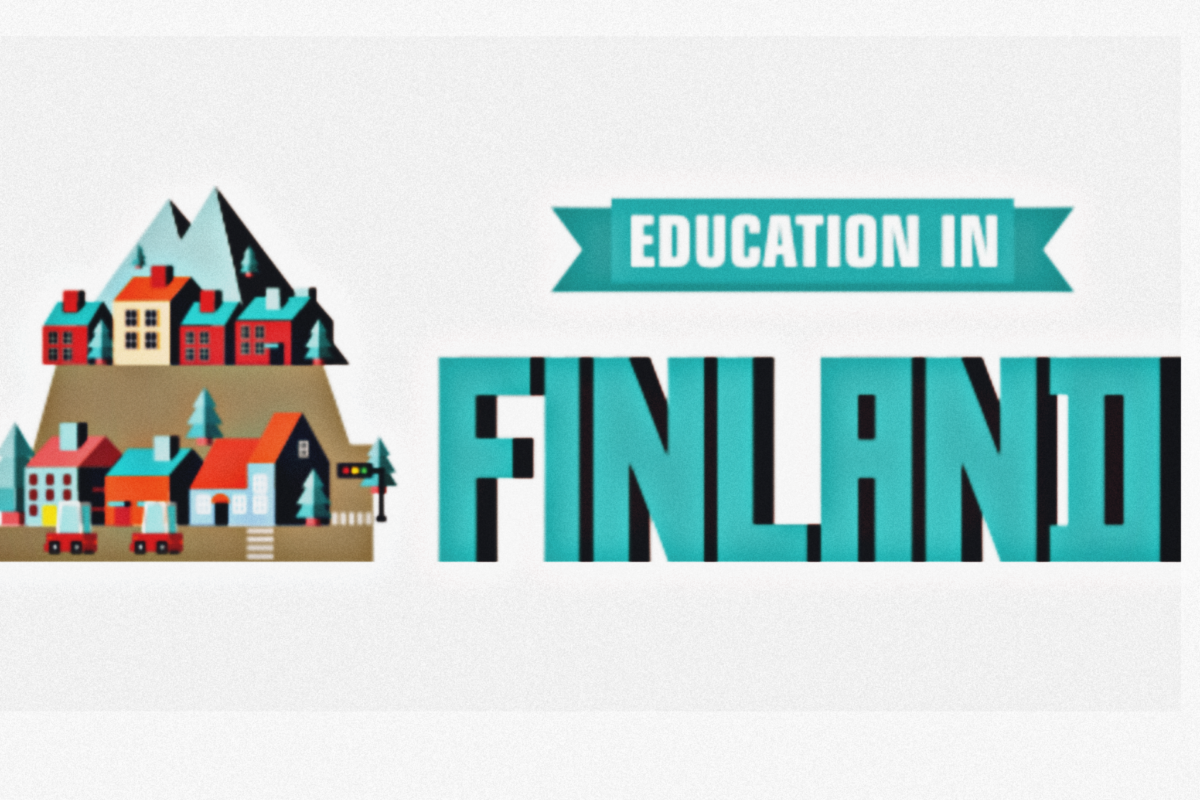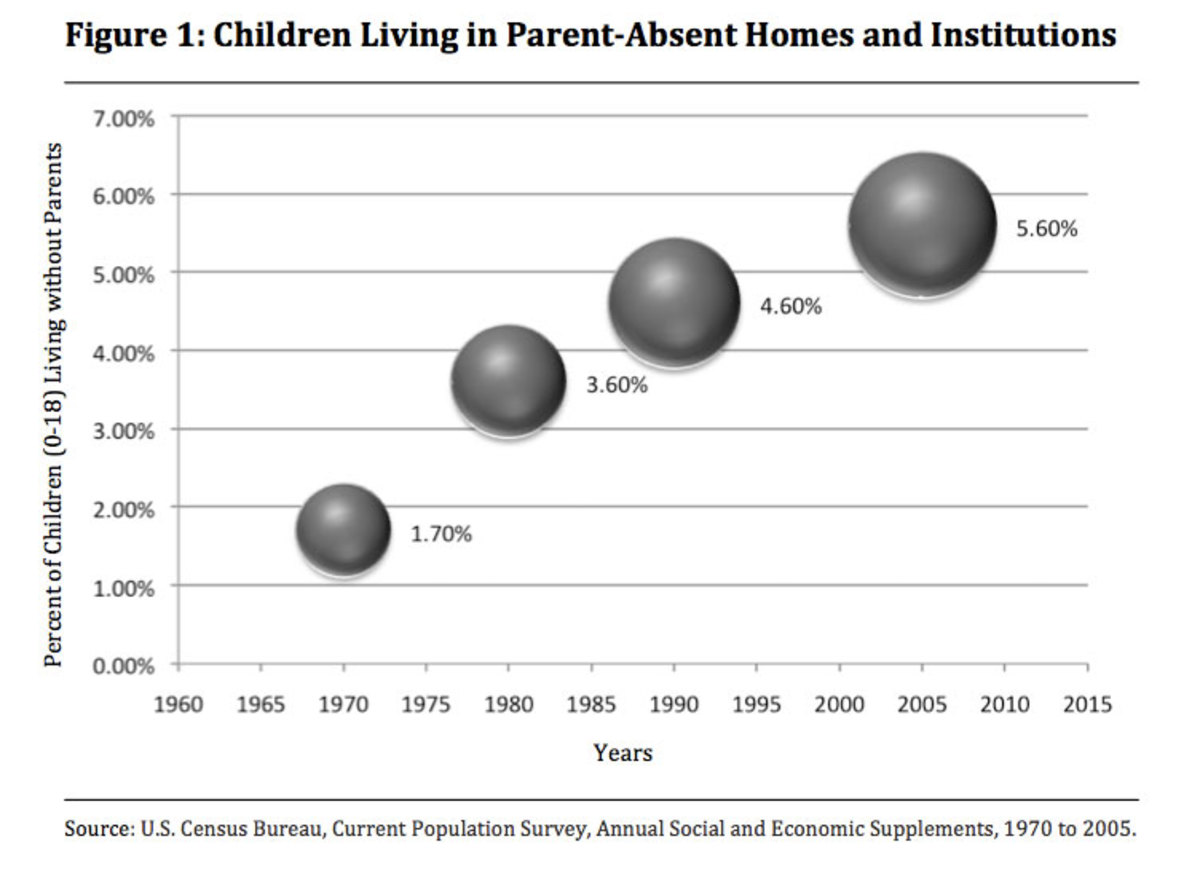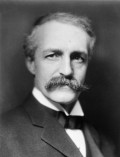Can Our Nation Be Saved? Part 2
There's a new world coming
and it's just around the bend.
There's a new world coming,
this one's coming to an end.
There's a new voice calling,
you can hear it if you try.
And it's growing stronger
with each day that passes by.
Lyrics by Mama Cass Elliott
And with each day that passes by, the urgency for preparing our children for the wonders and the dangers of the new world increases. Yet we continue to tie them to an old-world school system.

The Learning Curve
A new life bursts out of its snug and familiar cocoon and begins screaming her reaction to brightness, cold and hunger. She is swaddled in a warm blanket, put to her mother’s breast, closes her eyes and sinks once again into the familiarity of a tiny world of safety. The ego that is innate in her has done its job. It has shrieked Me! Me! Me! and the response was immediate and comforting.
Her education thus begins.
She becomes the ruling queen of the family that welcomes her, learning quickly that her environment responds to her commands. And not only when she yells out her needs, but when she smiles or turns over for the first time or is able to sit up, straight and proud. By the time she learns to walk those around her are applauding every little accomplishment. Another valuable lesson—there is reward for effort and accomplishment. The world is her domain to command as she sees fit.
Things around her, however, begin to change. Her demands now sometimes get met with resistance from her environment. She reaches for a fragile item on the coffee table, but it is snatched away before she can grab it. She cries when she’s been tucked in for the night, but no one comes any more. Her brain is developing at lightning speed and she assimilates all the nuances of her relationships with those around her. Inside of her sensations accompany the outbursts of new neurons as she learns. A rich and enduring inner environment of intelligence and wisdom, head and heart, knowing and feeling begins to be built inside her yet tiny self.
This inner landscape is made up of impressions of the mind and of the heart that create a lens through which she interprets the world. There are 7.6 billion such unique inner geographies on our planet, a teeming mishmash of all there is to know and feel. We can call this inner structure a vessel because it perpetually experiences a pouring into itself of myriad stimuli, and after they are all mixed together, pouring out the new mixture into others’ vessels.
This is how learning happens. This is the essence of education.
Educating Our Children for the New World That’s Coming
The natural way of education is as described above. However, 21st century education theory undermines the natural process, that is, it is almost opposite to the laws of nature that govern us all.
Law of the Conservation of Energy: (and its conversion from state to state): Everything in the universe is energy, which can be converted to a material-taking form. This is how our thoughts and ideas that are a form of energy can take on forms and be realized in our reality.
Law of Relativity: Thoughts are neutral; there is no good or bad until we have the opportunity to compare one thing to something else.
Law of Vibration: The human law of attraction is based on nothing in the universe being in a state of rest, despite our senses deceiving us into thinking so. We are dealing with energy that is dependent on our thoughts, which in turn influence our feelings and sensations.
Law of Polarity: Everything in the universe has its opposite side: heating/ cooling, upward/downward; every state in life includes the opposite form.
Law of Cyclicality: The law determines that the state will constantly change: ascents and descents, after every night comes day, the high tide and the low tide of the seas.
Law of Cause and Consequence: Just as Isaac Newton said: To every action there is always an equal and opposite reaction, both positive and negative. This can also be called the boomerang effect.
Law of Propagation of the Species: Every thought, action, or desire has its necessary time for development; beware of unripe fruit.
Sound abstract? Unrelated? Not so. These laws are embedded in the system of nature and we are all governed by them. In essence, these laws boil down to simple principles, all of which are derivatives of the law of unity: interdependence, altruism, balance, harmony and interconnection. The chaos we now experience in the world is totally out of alignment with these qualities. The new world coming will be one in which we are realigned with nature’s laws.
An Integral Educational (IE) system, that bases its methods on nature’s laws, is one that simulates the emerging integral, global society.
The re-establishment of equilibrium will happen whether we like it or not because the laws of nature are unyielding. How much better would it be for them if our children were prepared to step easily and with confidence into the new paradigm that is emerging? Integral Education guides students to orient their inner landscapes to flow with the rhythms and cycles of the vast system of nature.
Today’s integrated reality is based on the emerging integral view that relates to the world, society and community as a wholesome, interconnected system. Hence, it presents every subject matter not from a “linear” but rather “circular” perspective, illustrating its connection to all others.
Because the current approach to education implies that the world is a sum of independent factors rather than interdependent parts, its realization is posing a serious challenge. Similarly, while we are growing increasingly interdependent, a self-centered mindset still prevails, preventing us from seeing each other as vital parts of the whole.
Therefore, the essence of new education lies in teaching all ages how to be truly human and view each other as essential organs of one interconnected organism. Integral Education emphasizes the value of mutual inclusion and social mutual responsibility as a foundation for a healthy, vibrant, and motivating environment. It is the key to achieving fulfillment in every aspect of our lives.
Integral Education is not only for children, but also to adults who have come out of our antiquated system. It strives to build inside each student a circular vessel that understands its intimate interconnection with all of the universe. The concrete questions of the day are about the purpose of life. There is a heightened concern for social and global issues and a dawning understanding that only together can we live in peace.
The Benefits of Integral Education
Integral education is not a new idea. There is much written about methods that understand the Latin root of the word education: educere—to elicit.
Within common human pathways of growth, each child has her or his own unique potential, gifts, and life trajectory, and integral education elicits, encourages, and supports the child’s and later the teen’s embodiment of the wholeness of his or her potential. David Marshak of the Self Design Graduate Institute says this: “Integral education involves the weaving of the individual’s journey of unfoldment with her or his social identity and development. Toward this end the experiences of education are connected in age-appropriate ways to the central issues of our day, including justice, peace, ecological wisdom, sustainability, science and technology – all of our moral responsibilities as humans, given our enormous powers.”
Students examine the broader global environment through the prism of their own communities. The knowledge and fine-tuning of their inner landscapes gained from these investigations are used to guide exploration of how their insights extrapolate to the world in general.
This article describes an updated and forward-looking version of IE that is not only suited to the new world coming but helps to create it. The only way to correct a shattered world is to put the pieces back together and the only way to do that is for us to put ourselves back together, i.e., create genuine connections among us. Embodied within this enhanced method is a lofty goal—an intention—to connect together minds and hearts in the pursuit of a world that works for everyone. Thus, the importance of the process supersedes content, and content becomes more interesting and meaningful through the process.
Each student body is made up of individuals with their own unique orientation to religion, culture and ideas about citizenship and at the same time belong to their broader community, and ultimately to a global community. How can the tension between certain loyalties to a local ethos and integration into a wider world of differing viewpoints be reconciled? The goal is expansion of mind and heart, so the focus is on how two seemingly conflicting ideas can exist side by side and by exploration of both, they come together as one. As the inner landscape transforms itself through the influence of the environment, students nurture and ripen a robust sense of who they are and what is their place in society. The understanding deepens that we comprehend that we are more alike than we are different.
Educational outcomes for the process we are discussing are summarized here:
- Changing attitudes to otherness—to include the other in our calculations and considerations; to stand in the shoes of others.
- Being open to opportunities for self-transformation—a meaningful encounter with otherness requires loyalty to the known and openness to the new and unknown.
- Taking action—care, respect and responsibility for the other should result in practical actions that promote justice on the personal, communal, organizational and/or institutional levels, both locally and globally.
This short video captures the spirit and purpose of Integral Education
The Methods of Integral Education
What is the ‘fuel’ for students engaged in Integral Education? What will make a child desire to realize the sublime ideals that are promoted by IE? What will be the catalyst, the motive that will make children want to treat the other with openness, responsibility and love? What will make them autonomously choose to prefer the care for the other to selfishness?
As in early learning, where babies and toddler learn how and when their behaviors benefit them, IE is an environment in which students make these discernments on higher and higher levels as they advance in their understandings of how dependent we are on each other and why practicing altruism has benefit.
All of these strategies are aimed at forming connections with others, laying the foundation for healthy relationships later in life. Students learn that maintaining connections brings them to a higher degree of development and of life.

The Circle
The Russian artist Kadinsky fell in love with the circle which he called “a single tension that carries countless tensions within it.” The circle is the basic form of the universe in the shape of stars and planets and the basic elements of nature. All of life cycles in an eternal circular form. And in the new world coming, the structure of the circle will live within the hearts and minds of integral educators, to be passed on to their students.
The circle is used literally as the basic form for lesson planning and teaching in order to construct an environment of safety and equality. Teacher and students sit together in a circle. A question is asked or a problem is presented for solution. A few simple rules for discussion are followed.
- All are equal; no one is lower or higher
- Everyone speaks about the topic
- Everyone listens carefully to each speaker, knowing there is some truth in every opinion
- There is no correction or criticism, only adding to what has already been said
- Each speaks in turn, going around the circle. A “talking stick” is sometimes a good idea.
(Reading about this approach to discussion doesn’t convey the magic that happens when the flow of ideas and connection to each other is experienced.)
The focus is on the “center” of the circle, that is, that place of the joining of all hearts in the collective effort to create something new. It is like a wheel—on which every point is equidistant from the axle—moving along while the hub remains in its place. Circles are used for planning, for working on projects, for reporting on field trips, for anything. The circle method demonstrates and practices cooperation and collaboration, critical strategies for the new world.
The foremost benefit of the circles method is the feelings of connection and unity that are generated among the members. Students are taken to a higher place within themselves where care and concern for others is the primary motivation. The inner landscape is infused with a sweet atmosphere of unity and connection out of which arises the values and underlying tone of the new world coming.
Integrating into the Broader Community
The field trip in integral education is uniquely purposeful, a means for exploring not just the location of the visit, but the site’s relationship to the greater world and the student’s relationship to it all. Preparation involves research into the purpose of the agency or institution so as to have questions to ask of its representatives. The recap of the trip is guided by questions about the role of the agency within the broader framework of society. For example:
A trip to the zoo. Why do zoos exist? What conditions do the animals endure during transport? Is it moral to cage wild animals? What is the relationship between the human species and the animal kingdom? In what ways can we advocate for all living creatures?
A trip to the police station. What is the purpose of the police force? Are there ways besides incarceration to help the criminal pursue a better life? What do you think about the use of force by the police, e.g., SWAT teams? In what ways should we be policing ourselves regarding living together in harmony?
And so on. Field trips can be followed up with other research or activities related to what was learned or to issues brought up during the debriefing. The goal is always to expand students’ experiences and understanding of how all parts of the world relate to each other and where within the global community they belong. The world becomes the educational institution.
Games
A game is a simulation of a future state in which we wish to be. Games evolve or reform individual intellectual operations. Purposeful games radically change the position of one in his relationship to the world. They form the mechanism of a possible change of position and coordination of his point of view with other possible points of view.
A game is considered “integral” if it:
- raises a person above oneself and above personal fears
- builds trust in the group
- creates a warm atmosphere
- teaches collective decision-making
- builds unity and cohesion in the group
- replaces competition with collaboration and cooperation
There are three main categories of games:
1, Team-building Games. Shedding the shell of "me" and to begin to feel the sense of "we."
2. Debating Games. Group discussions that facilitate social development for each individual and for the collective group.
3. Platform Games. Games that adapt to the task at hand—to reach a goal, to learn new skills, to explore topics, to solve a problem.
The essential element of constructing games is that they promote mutual cooperation and build authentic connections among participants.
Cooperation vs Competition
The new world coming will be one in which cooperation and collaboration supersede competition, because when these two values prevail, no one needs to prove superiority over anyone or to control anything. Excellence through respect and care for others will become the norm. If any competitiveness enters the process, it is as an effort to be more helpful and respectful toward others. This is a state called Mutual Guarantee.
Mutual guarantee means that we act according to how we understand and feel our relationship towards others, our interconnection and interdependence with them within a single system where we are like organs in a body. True mutual guarantee is attained when we actually start relating to each other as if we are cells operating within the body, each individual taking what it needs in order to completely realize the self for the benefit of society. It is a mutual and constant cycle of giving and receiving.
A living example of mutual guarantee is the interaction between all parts of nature: between the still and vegetative, the vegetative and animate levels, how they feed and support each other. There are plenty of examples of mutual help in nature: how bees and birds help plants reproduce, or how prairie dog’s burrows enrich the soil in Colorado’s grasslands, or how introducing wolves back into Yellowstone revived the entire ecosystem. All parts of nature depend upon, are interconnected with, and need each other. This is the template for our relationships with each other.
Mutual guarantee, for the integral educator is a construct, a mental framework that forms the backdrop of IE. The classroom environment adapts itself to this model of integral relationships as the educator manifests it through gentle guidance and strong leadership. Such a classroom atmosphere is fertile ground for students to learn and teach to others how to become full participants in a global community.
Peer Teaching
When students work collaboratively on a project, they are teaching each other. One model that has been shown to be successful is that specific aspects of the topic are researched by different individuals, then a session is held during which each teaches that part of the whole.
Especially effective is involving older students in teaching the younger ones. The more senior student, by researching and explaining concepts to another, reinforces those ideas and impressions within him/herself. Younger students look up to and want to emulate their older peers in a much more focused and lively way than in their relationships with adults.
Grades
Modern education is obsessed with grades, their perceived value, what they seem to say about intelligence and initiative and potential. Five letters and four numbers are worshipped as the gods of success or failure. Our children learn to assess their worth based on these symbols that are written down about them. Testing kids for facts learned is exhausting them. Drop-out rates are high. And why wouldn’t they be? The general dearth of stimulation and motivation to learn is being dumbed down to “teaching to the tests.”
So how do we measure our children’s advancement?
- The skill with what they are able to demonstrate, in hands-on situations, what they are learning in the classroom.
- Demonstrations of students’ awareness that they are integral parts of their communities.
- Ability to express what are their proclivities and the kind of learning needed to manifest them.
- The ability to value feedback and include positive criticism from the group into their learning framework.
- The interest in and the ability to celebrate, as well as constructively criticize, the learning projects of peers
- Ability to demonstrate, through more and more sophisticated learning initiatives, that the importance of society and their role in it are becoming part of their internal view of the world
- The principal and overriding evaluation is the development to cooperate and collaborate altruistically.
Correct Use of the Internet
The introduction of the internet into human society has changed the world. The reality of our transition to a global community is spread before us in the comfort of our own surroundings. Almost everything we want to know about almost anything is at our fingertips. The value of the internet for research and acquiring knowledge needs no discussion here.
The enormous potential of the internet as an instrument to promote mutual guarantee will be a stanch underpinning of IE in the new world that is coming. It is exciting to think about the possibility that students from all over the world have the ability to gather in virtual circles to learn and to create meaningful connections. The integral educator understands the potency of this resource and teaches students how to use the world-wide-web for interconnection.
We must use the web to nurture ideas that connect people, to work on strengthening our ties, to share information, and to create virtual support systems. This is an arena to stimulate the joy of creativity among IE educators through the development of regional and global projects that connect and instruct. I can envision a handbook of needs and ideas gathered from all over the world and shared globally.
In a lecture titled, “The Anthropology of YouTube,” at the Library of Congress on June 23, 2008, Prof. Michael Wesch, a senior anthropologist from Kansas University, demonstrated the new need that he was detecting on the web: “We’re becoming increasingly individual,” he said, “But many of us have a very strong value and desire for community. So the more individual we become, the more we long for this community.” Barry Wellman, director of NetLabs and a professor of Sociology at the University of Toronto, explained that we are experiencing “networked individualism.” Wesch believes that this need reflects a longing for a cultural value that is fundamentally lacking in our lives—bonding.
The dawning reality that we are increasingly separated from each other and that the internet promises an antidote if used correctly, is out there. The IE educator will be in the vanguard of those who open up this vast potential as a gateway to positive change, locally and globally.

The Key to Success: Managing the Ego
The affairs of mankind are in disarray. We have somehow normalized greed, aggression, inequality and dishonesty. It has become perfectly acceptable to exploit and harm others in order to satisfy every human desire. Our children see and feel this and their development is misshaped by it.
Our children will be on the front lines of establishing the new world that is coming and integral education can prepare them to help create that world and flourish within it. So they must learn how to manage their egos. The very nature of ego is that we want to fulfill our personal desires, to achieve wealth and power, to display ourselves by spreading our feathers for all to see. There is nothing wrong with any of these things. What matters is the way in which they are achieved.
This is why it’s so important to create an integral environment within which cooperation, collaboration and concern for others is the expectation, the culture. The student’s internal vessel molds into one that contains altruism in all its forms. And this is accomplished when students are shown that achievements in learning through this method bring them satisfaction, self-confidence, and deeper understanding of themselves. Engaging talents and effort for the benefit of the collective actually does bring personal benefit.
We all want our children to be happy and we are seeing that corporeal acquisition through competition has not produced happiness in society. The environment of mutual guarantee in an Integral Education classroom offers a space for gaining true appreciation of mathematics, language, the arts, science, culture, education, sport, and even spirituality. Herein lies happiness.
This is an overview of a method of education designed to change the world. Expansion on the specific methods of IE are possible topics for further essays. How to implement such a system and how to pay for it becomes society’s task if we all can learn the value of connection with each other as the basis for change.
There's a brand new morning
rising clear and sweet and free.
There's a new day dawning
that belongs to you and me.
Yes, a new world's coming,
the one we've had visions of.
Coming in peace, coming in joy, coming in love.
If you’re interested in an example of the results of this approach, you can watch this video. It is a taste of what applying principles of cooperation, respect, selfless effort and genuine concern for others can bring. This middle-school teacher in New Mexico is an exceptional educator who embodies these principles.
https://www.youtube.com/watch?v=PC5W1eImfbA
This article was written in association with Margarita Stojanov, a wise woman with a passion for the correct education of our children.








